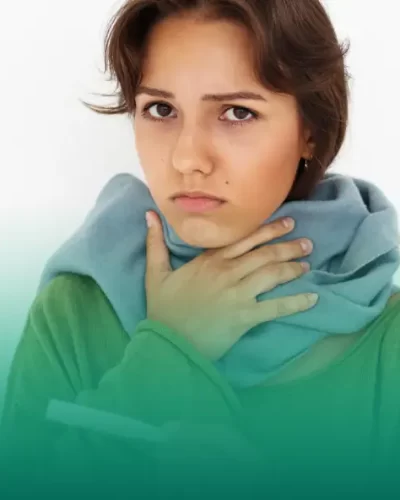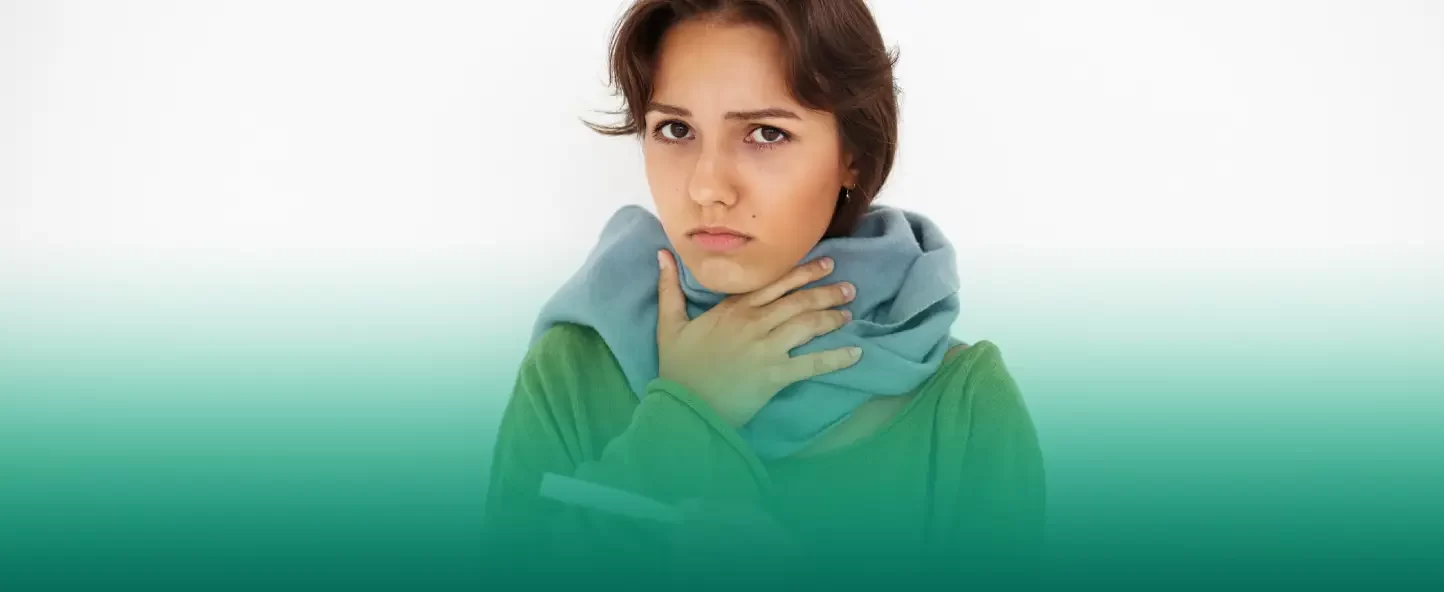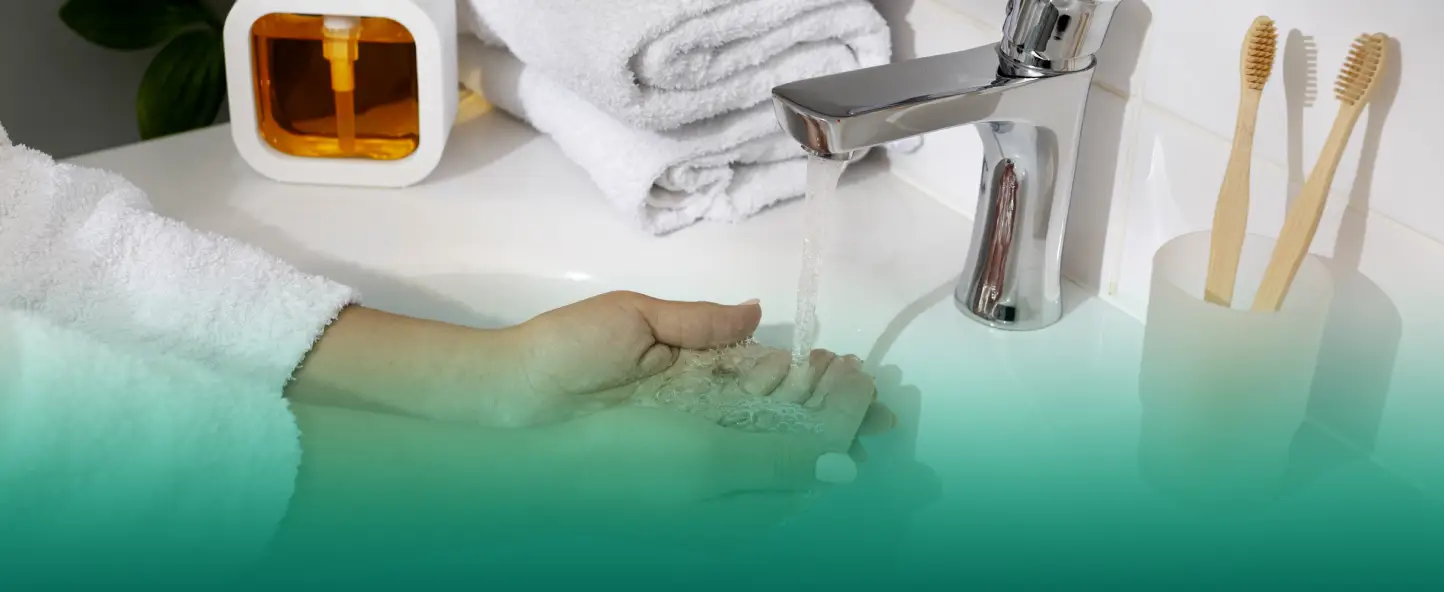Myth: Laser treatment of sore throat is effective
A laser is a device that creates an amplified optical beam consisting of light waves synchronized in time and space.
The therapeutic laser generates low intensity laser radiation (LILR) with a wavelength from 365 to 904 nm. This range includes ultraviolet, visible and infrared radiation spectra.
They differ in the depth of tissue penetration, which allows the laser to be used for various therapeutic purposes.
Since the invention of the laser, its use in medicine has attracted the interest of researchers. Low-intensity laser radiation is considered as a means of reducing inflammation and stimulating metabolic processes in the body.
Therefore, its use has been studied in various fields of medicine, such as ophthalmology, dermatology, otolaryngology and others.
However, the use of laser treatment is not always effective. Despite some evidence of its usefulness in the treatment of certain musculoskeletal and skin conditions.
The laser treatment process involves sending light pulses to the desired area. This is usually painless, although the person may feel a warm or mild tingling sensation.
The duration of the procedure can vary from a few minutes to several hours depending on the area of treatment.
To treat angina, some medical institutions offer a course of treatment consisting of 10-12 sessions. The duration of the manipulation varies from one to five minutes for each point of influence.
Is it true that laser helps with sore throat?
The technique is widespread in Russia, but there are no significant clinical studies confirming the effectiveness of therapeutic laser for angina.
Laser therapy, like other physiotherapeutic methods, is not included in generally accepted international recommendations, including for the treatment of recurrent or chronic tonsillitis, which is characterized by periodic and frequent exacerbations of sore throat.
There has been limited research on the use of therapeutic laser for the treatment of sore throat in the Russian Federation. Participants reported positive results, including decreased pain and faster recovery time by 12 days.
However, these experiments were carried out on a limited number of patients, and the effectiveness of laser therapy has not been confirmed.
There are a number of strict contraindications to laser therapy
- Oncological diseases.
- Blood clotting disorders.
- Liver and kidney failure.
- First half of pregnancy.
- Severe diseases of the heart and blood vessels.
- Cerebrovascular accident.
As with any medical procedure, laser treatment may carry the risk of complications such as bleeding, infection, or hearing and smell impairment. However, if the procedure is performed correctly, the likelihood of their occurrence is minimal.
How is a therapeutic laser different from a surgical laser?
Therapeutic and surgical lasers have differences in power and wavelength. A surgical laser has greater power and wavelength. It is able to coagulate blood vessels, evaporate excess tissue and provide a clean cut without heating.
The surgical laser is believed to provide more precise cuts and also reduce blood loss and the risk of complications after surgery compared to conventional surgical instruments. This method is recommended in international guidelines for certain operations.
However, the choice of intervention method depends on the specific situation, and the decision to use a laser is made by the doctor, taking into account all the circumstances.
To date, the effectiveness of therapeutic laser for the treatment of sore throat has not been confirmed. This method is not included in generally accepted international recommendations, and its use for acute or chronic sore throat is not justified.






